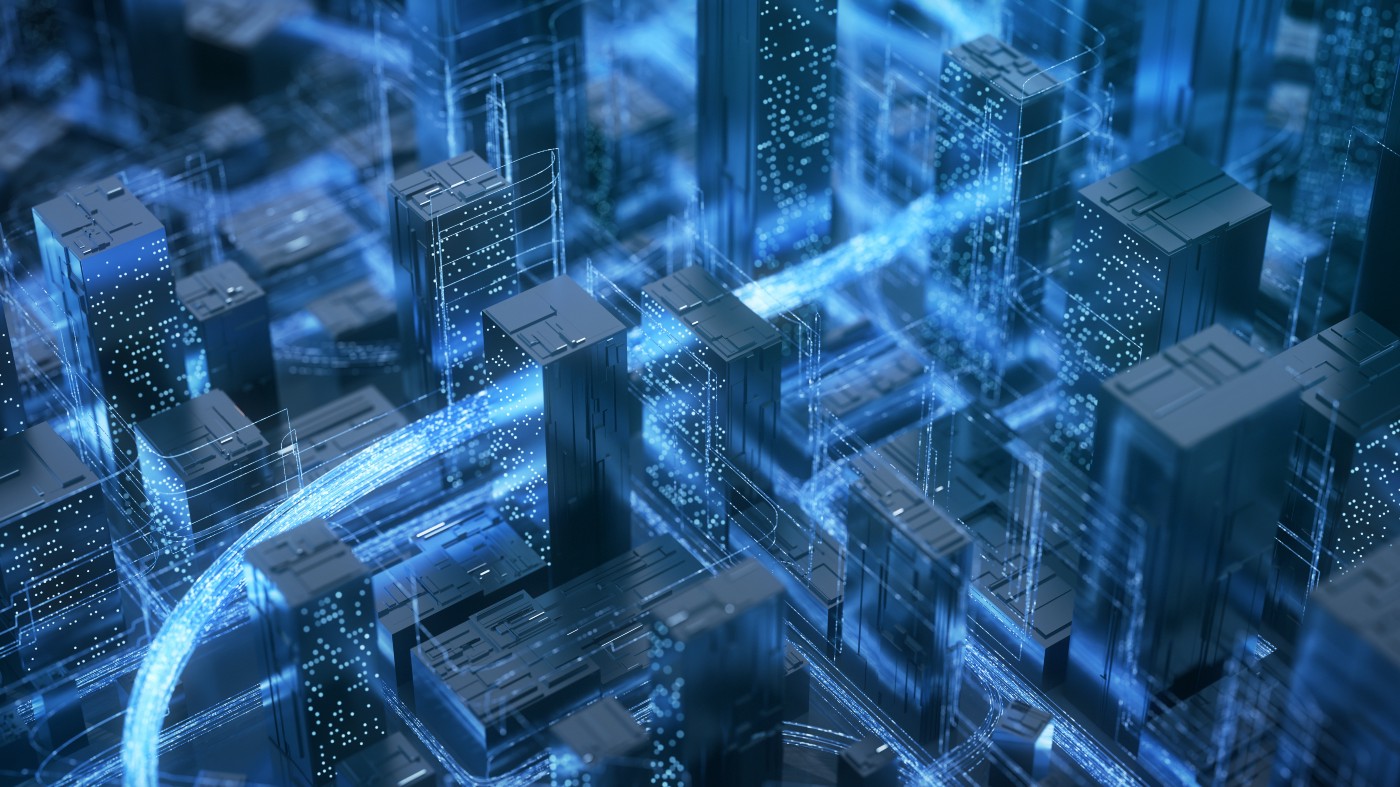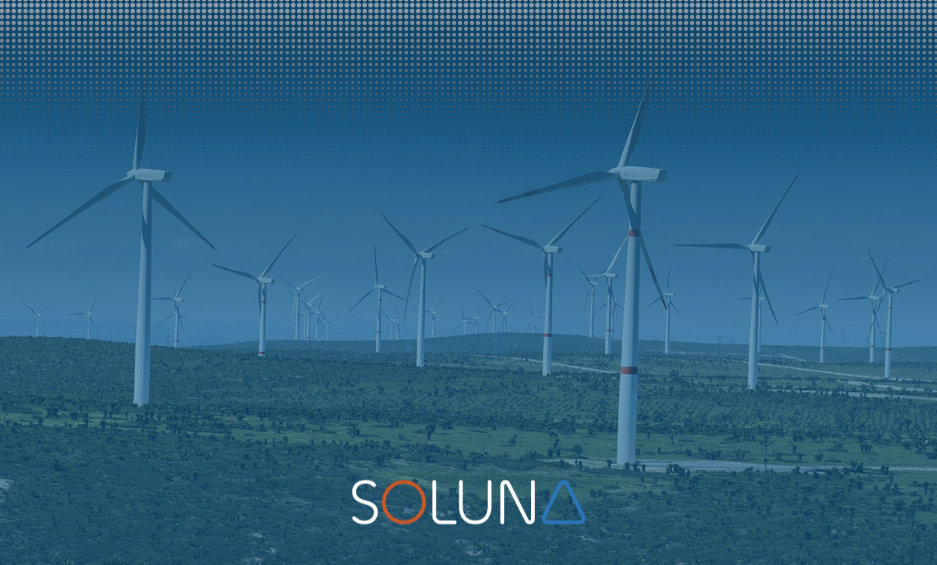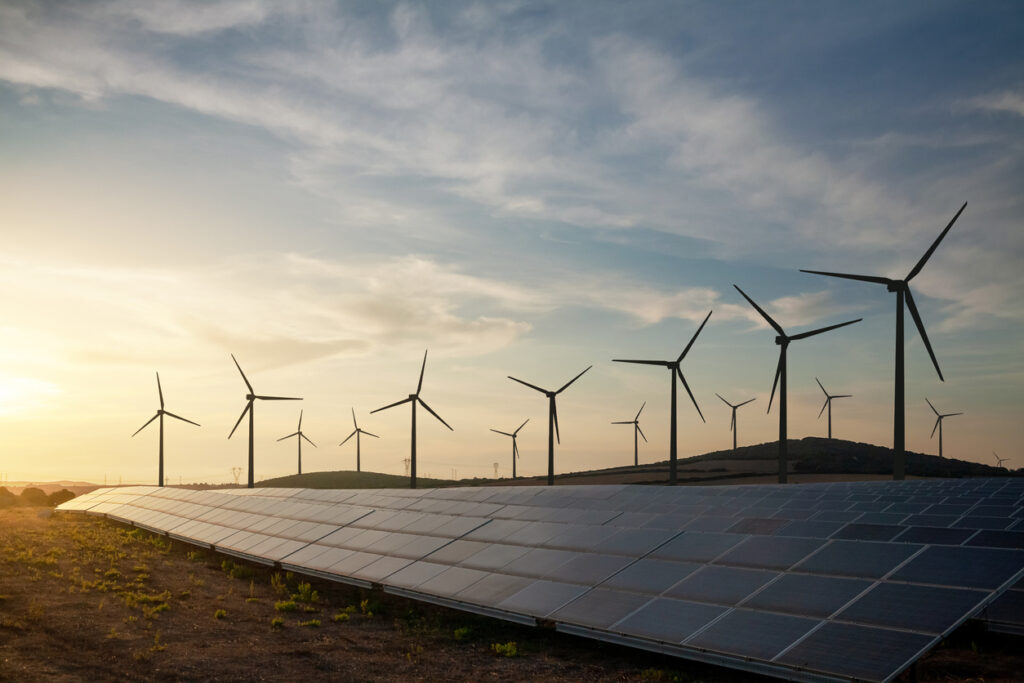by Nicola Phillips, Copywriter
Data centers have gained a lot of negative attention in recent years for their noise pollution.
The criticism is warranted. Traditional data centers run 24 hours a day, 7 days a week, typically producing a humming noise of between 55 and 85 decibels.
60 decibels sounds like background music, 75 like a vacuum cleaner. 85 sounds like a power lawnmower. Or a subway. 24/7.
The prodigious amount of noise that data centers generate is exacerbated by the fact that the facilities are mostly located close to population centers.
This is by necessity. Data centers that serve customers who need real-time computing require great broadband to operate. Ours don’t, which means we can build our facilities in rural and remote areas, typically far away from population centers.
But solving the data center noise problem has greater implications.
Most people think data centers make a lot of noise because they’re processing a lot of data, which is technically true, but doesn’t tell the full story.
Data centers are noisy because processing data creates a lot of heat. Cooling those facilities tends to be inefficient, and inefficient cooling systems create a lot of noise.
The noise from data centers isn’t a data processing problem. It’s a thermodynamics one.
So, how do you build a data center that has efficient thermodynamics?
The first problem to solve is the fans themselves.
The noise generated by a fan is primarily determined by its speed, which is influenced by a fan’s size. Bigger fans can turn slower to get the same amount of airflow.
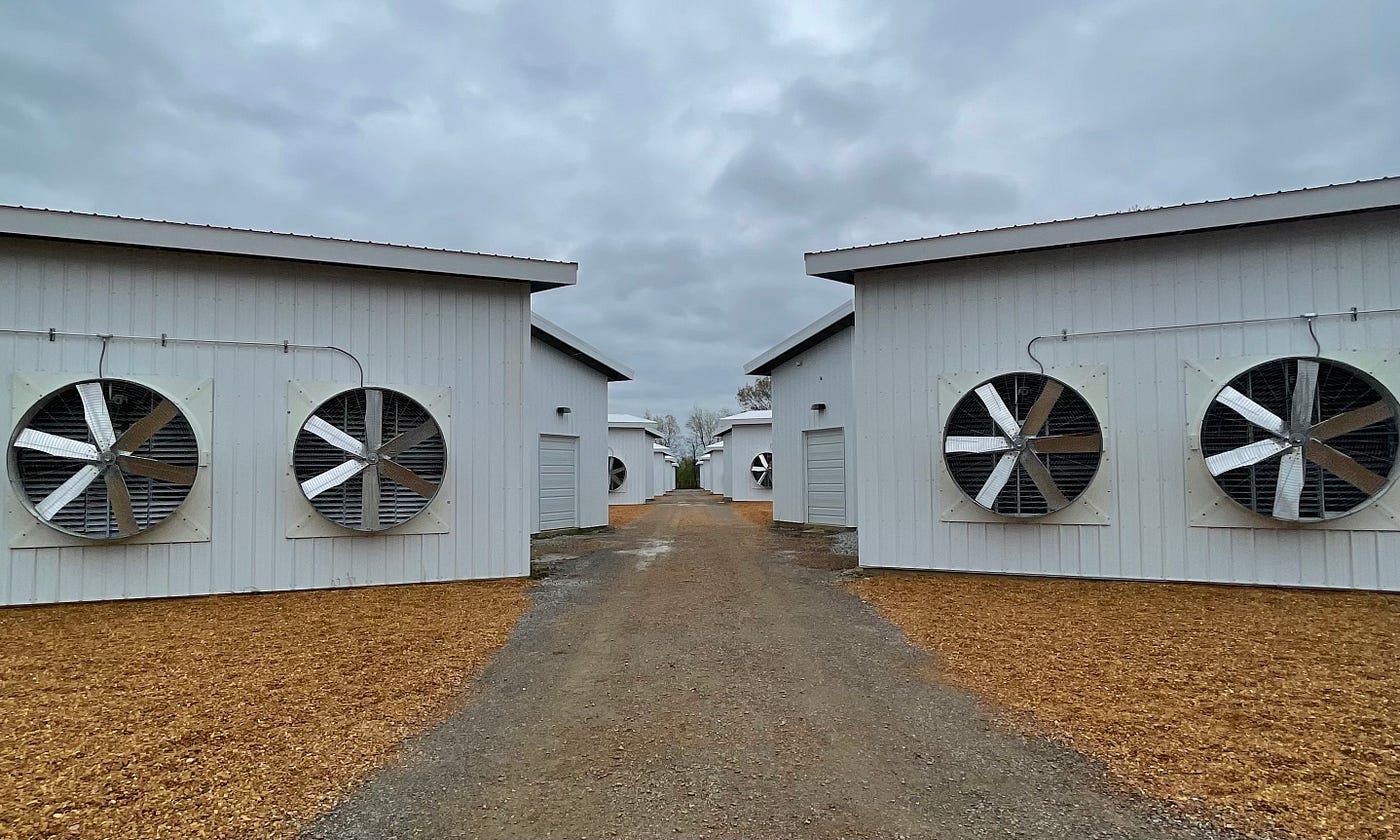
Your average desk fan has an RPM of 6,000.
The fans on our buildings operate at an RPM of 300. The relationship between fan speed and noise isn’t linear, either. So doubling speed will more than double noise (and inversely, a fan that runs at 1/20 of the speed will produce less than 1/20 of the noise).
Even large fans produce a fair amount of noise, though. This is where the building layout is important. Our buildings are designed in a diamond shape. The buildings face inward, toward one another, so all of the air (and, by extension, noise) being produced by those giant fans blows toward the center of the site.
For noise to get out the front of the facility, it has to bounce off of all of those buildings first. There’s no direct path for the noise to escape.
Then there are the filters. Instead of installing air filters directly onto the sides of our buildings, we deploy our filters at an angle, so the surface area of the filters is actually twice as big as the surface area of the walls of the buildings. More filtering means less dust, which means less work for the fans to do in clearing the air.
Creating a thermodynamically efficient data center means everything is more efficient. Since we’re not expending all that extra energy to cool our data centers, almost all of the energy we generate goes directly to computing.
Power Usage Effectiveness (PUE) is a common measure of data center efficiency.
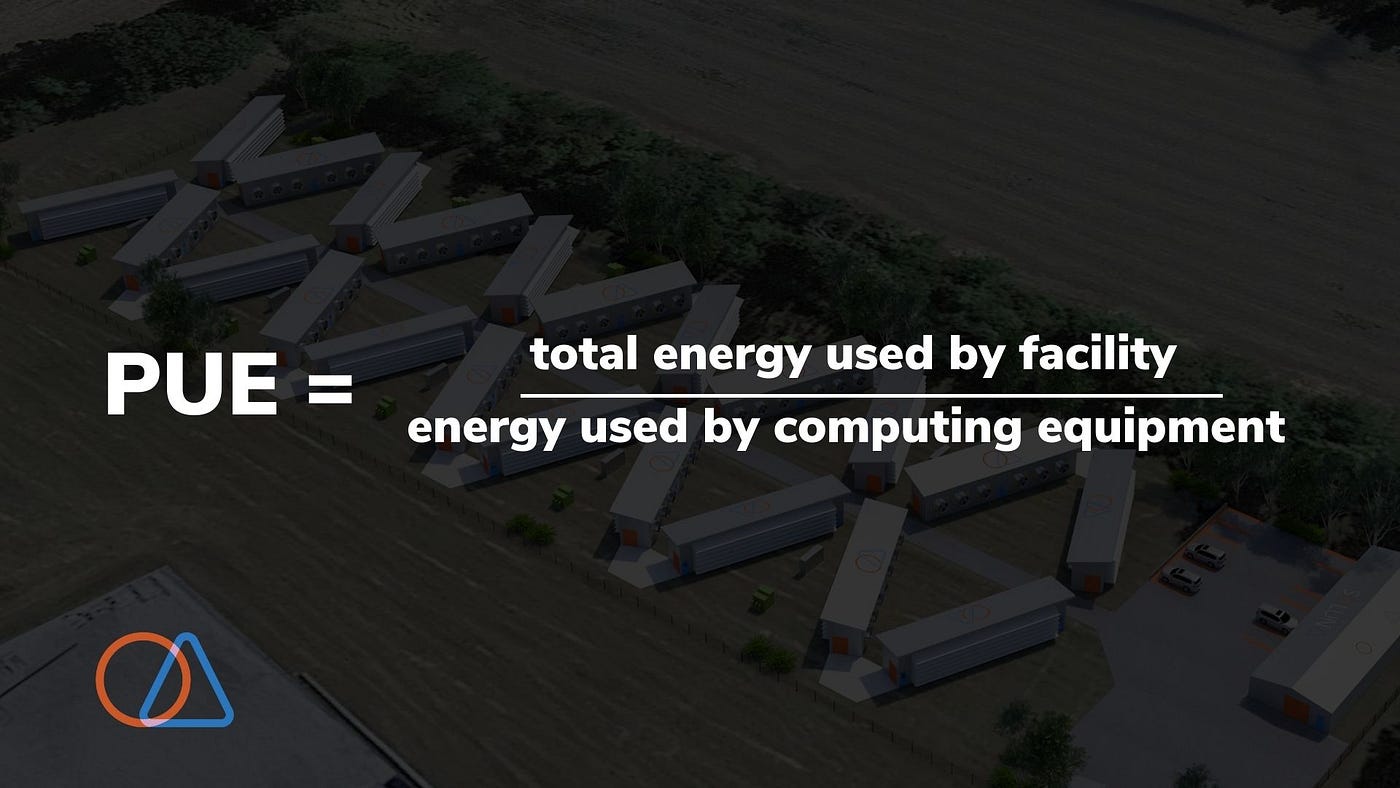
A PUE of 1.0 means that for every 100 watts delivered to the site, 100 watts are used for computing. A PUE of 1.0 is perfect. Data centers worldwide average a PUE of 1.59. Google’s best data center in 2021 had a PUE of 1.06. Soluna’s data centers have achieved a PUE of 1.02.
Solving the problem of thermodynamics has significant implications beyond noise. More efficient cooling correlates to lower PUE, which means that more energy gets directed to computing. The noise produced by data centers isn’t just an annoyance. A noisy data center is an inefficient one.
Noise pollution is often framed as an HOA problem, but noise is a byproduct of waste. Solving that issue is an environmental imperative.
